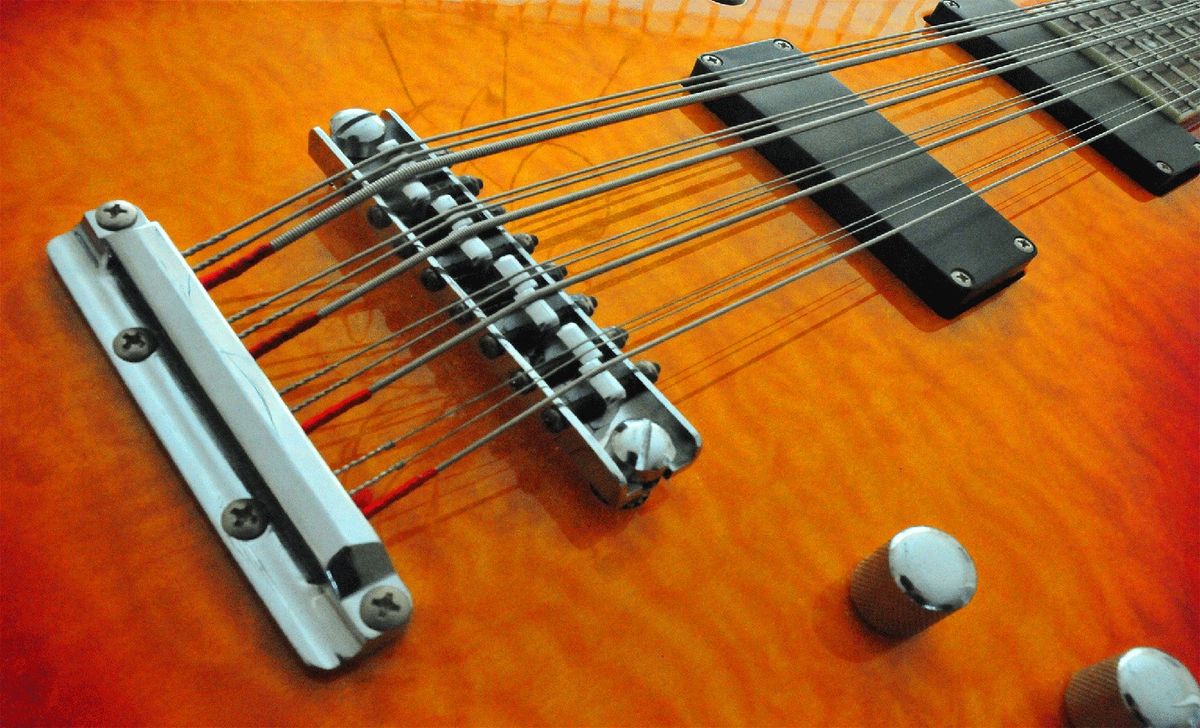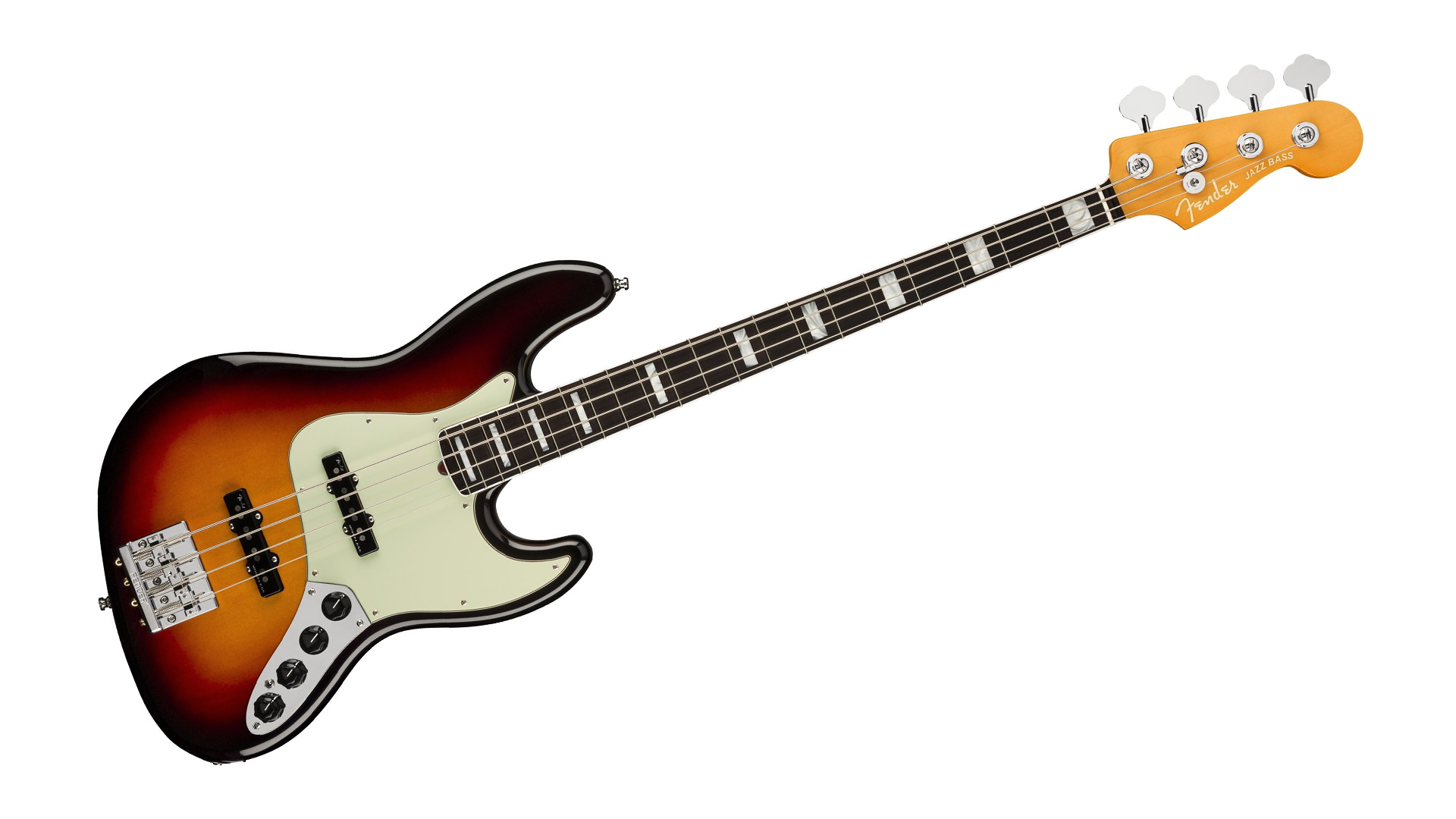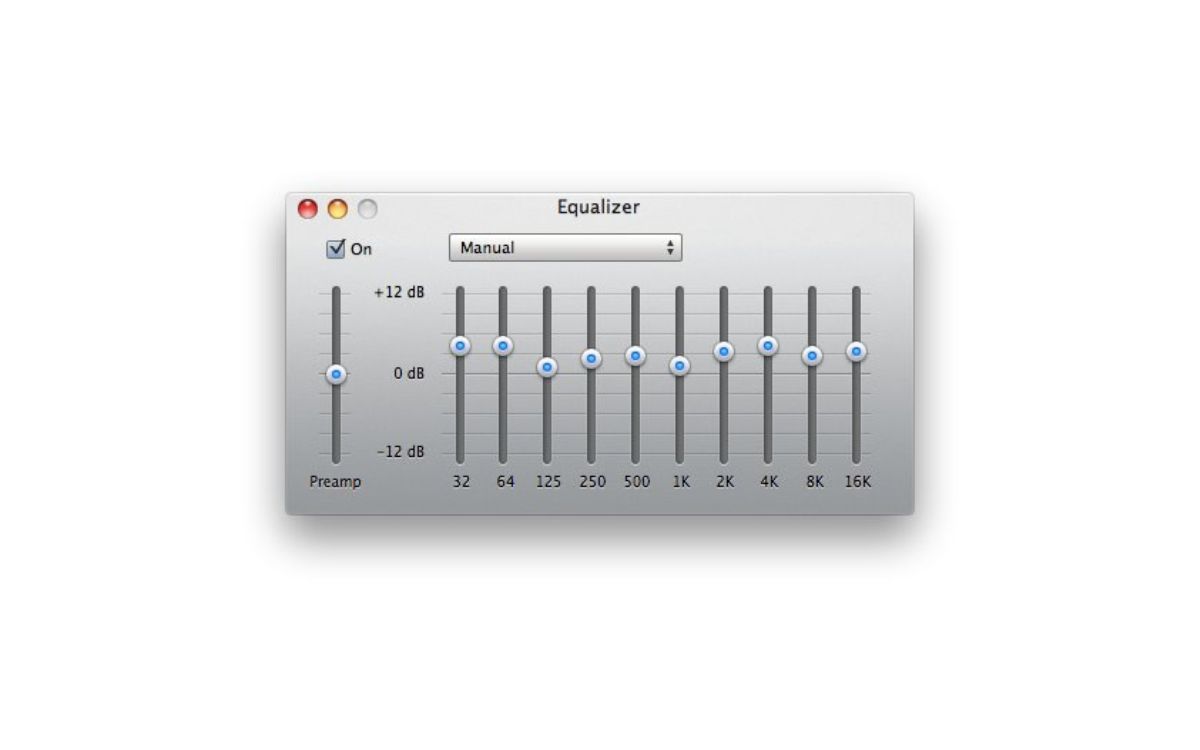Home>Instruments>Bass>How Often To Change Bass Strings


Bass
How Often To Change Bass Strings
Modified: January 22, 2024
Wondering how often to change bass strings? Learn the best practices and frequency for maintaining the quality and sound of your bass guitar.
(Many of the links in this article redirect to a specific reviewed product. Your purchase of these products through affiliate links helps to generate commission for AudioLover.com, at no extra cost. Learn more)
Table of Contents
Introduction
When it comes to playing the bass guitar, the quality and condition of your strings play a crucial role in the sound and playability of your instrument. Over time, bass strings can become worn out, lose their tone, and even break. That’s why it’s important for bass players to understand how often they should change their strings to ensure optimal performance.
There are several factors that can affect the lifespan of bass strings, including frequency of use, playing style, and environmental conditions. By understanding these factors and knowing how to determine when it’s time for a string change, you can ensure that your bass always sounds its best.
In this article, we will explore the different factors that can impact string lifespan, provide recommendations for how often to change bass strings, discuss different approaches to string maintenance, and highlight the telltale signs of worn-out bass strings. Whether you’re a beginner or an experienced bassist, this guide will help you make informed decisions when it comes to caring for and replacing your bass strings.
Factors That Affect String Lifespan
Several factors can influence the lifespan of bass strings, determining how long they will maintain their tone and playability. Understanding these factors can help you make informed decisions about when to change your bass strings.
Frequency of Use: The more frequently you play your bass guitar, the faster your strings will wear out. Regular playing puts more stress on the strings, causing them to lose their brightness and eventually sound dull. If you play gigs or practice for long hours every day, you may need to change your strings more often compared to someone who plays occasionally.
Playing Style: Your playing style can also affect how quickly your strings wear out. Aggressive picking or heavy-handed techniques can cause the strings to deteriorate faster. Slap bass techniques, for example, involve intense finger and thumb strikes that can put extra strain on the strings.
Environmental Conditions: The environment in which you play your bass can have an impact on the lifespan of your strings. High humidity levels can lead to corrosion and faster string degradation. On the other hand, low humidity can cause the strings to dry out and become brittle. Extreme temperature changes can also affect the elasticity and stability of the strings.
String Material: Different types of bass strings have varying lifespans. Nickel-plated steel strings are known for their bright sound and durability, while stainless steel strings tend to last longer but may have a slightly different tone. Coated strings, such as those with polymer coatings, can provide extra protection against dirt and corrosion, extending their lifespan.
Cleaning and Maintenance: Proper cleaning and maintenance can significantly extend the lifespan of your bass strings. Regularly wiping down the strings after playing can remove dirt, sweat, and oils that can corrode the metal. Using string cleaners or lubricants designed specifically for bass strings can also help preserve their condition and tone.
How to Determine When to Change Bass Strings
While there are general recommendations for how often to change bass strings, ultimately, the decision to replace them will depend on your personal preference and the condition of the strings. Here are a few indicators to help you determine when it’s time for a string change:
Tone: One of the most noticeable signs that it’s time to change your bass strings is a significant change in tone. As strings age, they gradually lose their brightness and become duller. If you find that your bass lacks clarity and has a muddy or lifeless sound, it may be a good indication that your strings need to be replaced.
Playability: Worn-out bass strings can affect the playability of the instrument. As strings deteriorate, they may develop rough spots or uneven texture, making it harder to slide or fret notes smoothly. If you notice a decrease in playability, such as increased string buzzing or difficulty in achieving proper intonation, it’s a sign that a string change might be necessary.
Visible Wear and Tear: Physically inspecting your bass strings can also help determine their condition. Look for signs of corrosion, discoloration, or rust on the strings. Check for visible signs of fraying or sharp edges, which can cause discomfort or even damage your fingers. If you notice any significant wear and tear, it’s a clear indication that it’s time to change your bass strings.
Breakage: If you experience a string breakage while playing, it’s an obvious signal that you need to replace that particular string. However, it may also be an indication that the other strings are nearing the end of their lifespan. In this case, it’s a good idea to change the entire set of strings to ensure consistent tone and playability.
While these indicators can guide you, it’s essential to consider your own playing style, preference, and the condition of your strings. It’s always better to change the strings a bit earlier if you’re unsure rather than waiting for them to completely lose their tone and affect your playing experience.
Frequency Recommendations for Changing Bass Strings
The frequency at which you should change your bass strings can vary depending on several factors, such as your playing style, the type of strings you use, and the overall condition of the strings. While there is no one-size-fits-all answer, here are some general guidelines to help you determine how often you should change your bass strings:
Every 1-3 Months: If you are a regular player, gigging frequently, or practicing for several hours every day, it is recommended to change your bass strings every 1-3 months. Regular playing puts more stress on the strings, causing them to wear out faster and lose their brightness. Changing them every few months ensures consistent tone and playability.
Every 6 Months: If you play your bass guitar less frequently, such as once or twice a week, you can extend the lifespan of your strings to around 6 months. With less frequent playing, the strings will wear out at a slower rate, and you may still be able to maintain a decent tone and playability for a longer period.
As Needed: Ultimately, the condition of your bass strings should be the deciding factor in determining when to change them. Pay attention to signs such as dull tone, decreased playability, visible wear and tear, or breakage. If you notice any of these signs, it’s time to change your strings, regardless of the time frame since you last replaced them.
It’s important to note that these recommendations are general guidelines and may vary based on personal preference and the specific factors that affect your strings’ lifespan. Some bassists prefer the sound of slightly aged strings and may choose to change them less frequently, while others prefer the bright and fresh sound of new strings and may change them more often.
Experimenting with different string brands, materials, and gauges can also help you find the optimal balance between longevity and tone. Keep in mind that even the highest quality strings will wear out over time, so it’s essential to regularly evaluate their condition and make replacements when necessary.
Different Approaches to String Maintenance
Proper maintenance and care can significantly extend the lifespan of your bass strings and keep them sounding and playing their best. Here are some different approaches to string maintenance that you can consider:
Regular Cleaning: One of the simplest and most effective ways to maintain your bass strings is by regularly cleaning them after each playing session. Use a soft, lint-free cloth to wipe down the strings, removing any dirt, sweat, and oils that may have accumulated. This helps prevent corrosion and keeps the strings feeling and sounding fresh.
String Lubrication: Applying a small amount of string lubricant or conditioner can help reduce friction and extend string life. These products are designed to minimize finger noise, improve playability, and prevent string breakage. Apply the lubricant to a cloth and run it through each string, ensuring even distribution. Be careful not to overdo it, as excessive lubrication can affect the tone and feel of the strings.
String Cleaning Solutions: There are specialized string cleaning solutions available in the market that can effectively remove grime and buildup from the strings. These solutions often come with applicator pads or wipes, making it easy to clean the strings thoroughly. Follow the instructions provided by the manufacturer for the best results.
Coated Strings: Coated bass strings feature a protective layer, such as polymer coatings, that resist dirt, sweat, and oils. These coatings can help extend the lifespan of the strings and maintain their tone for a longer period. While coated strings may be slightly more expensive, they can be worth considering if you want to minimize the frequency of string changes.
Storage: Properly storing your bass guitar when not in use can also contribute to the longevity of your strings. Keep your instrument in a case or gig bag to protect it from dust, humidity, temperature changes, and accidental damage. A controlled environment can help prevent premature string deterioration.
Professional Setups: Getting your bass professionally set up by a qualified technician can optimize the playability of your instrument and ensure that the strings are properly adjusted. A well-adjusted bass can help reduce unnecessary stress on the strings, extending their lifespan and improving overall performance.
Remember, different approaches to string maintenance may work better for certain players or certain string types. It’s crucial to experiment and find the routine that works best for you. By investing a little time and effort into proper string maintenance, you can enjoy longer-lasting strings that maintain their tone and playability.
Signs of Worn-Out Bass Strings
Identifying the signs of worn-out bass strings is essential for maintaining the optimal sound and playability of your instrument. Here are some common indicators that it’s time to change your bass strings:
Dull Tone: One of the most noticeable signs of worn-out strings is a significant loss of brightness in the tone. As bass strings age, they gradually lose their resonance and clarity, resulting in a dull and muted sound. If your bass lacks the punch and definition it used to have, it may be a clear indication that your strings need a replacement.
Lack of Sustain: Worn-out strings often exhibit a reduced amount of sustain. You may notice that the notes do not ring out as long or as clearly as they once did. This can impact the overall quality and depth of your bass’s sound, affecting your ability to sustain notes and play with expression.
Intonation Issues: Over time, bass strings can develop inconsistencies in intonation. This means that the strings may not hold their pitch accurately, resulting in notes that are out of tune when played at different positions or on different strings. If you find yourself constantly having to adjust your tuning or if chords and scales don’t sound quite right, it could be a sign that your strings have worn down.
Texture and Visual Wear: Physically inspecting your bass strings can reveal signs of wear and tear. Look for rough spots, discoloration, corrosion, or rust on the strings. Worn-out strings may also have visible signs of fraying, where the strands begin to separate or become sharp. These issues can not only affect the sound but can also cause discomfort or potential injury to your fingers.
Poor Playability: As strings age, they can become harder to play. You may experience increased string buzzing, difficulty in sliding or bending notes, or an overall decrease in responsiveness. This can make it challenging to execute techniques accurately and can hinder your playing enjoyment.
Frequent Breakage: If you find that your bass strings are breaking frequently, it’s a clear indication that they need to be replaced. While occasional breakage can happen due to factors like excessive tension or sharp edges on the instrument, consistent breakage can suggest that your strings have weakened over time and are reaching the end of their lifespan.
By staying attentive to these signs and regularly evaluating the condition of your bass strings, you can ensure that your instrument sounds its best and provides an optimal playing experience. Remember, it’s always better to change your strings a little earlier than to wait until they become completely worn out, as this can negatively impact your overall sound and performance.
Conclusion
Keeping your bass strings in good condition is essential for maintaining the best sound and playability of your instrument. While there are general recommendations for how often to change bass strings, it’s important to consider factors such as playing frequency, style, and environmental conditions. By paying attention to the signs of worn-out strings and regularly evaluating their condition, you can make informed decisions about when to change them.
Factors like tone, playability, visible wear, and breakage can indicate that it’s time to replace your bass strings. Additionally, proper maintenance techniques such as regular cleaning, lubrication, and storage can prolong the lifespan of your strings and keep them in optimal condition.
Remember that everyone’s preferences and circumstances may differ, so it’s important to find the frequency and maintenance routine that works best for you. Don’t be afraid to experiment with different string types, brands, and gauges to find your ideal balance of longevity and tone.
By taking care of your bass strings, you can ensure that your instrument continues to produce vibrant and articulate bass tones, allowing you to express yourself fully as a musician. So stay attentive, listen to the signs, and enjoy the lasting impact that fresh strings can have on your bass playing experience.











